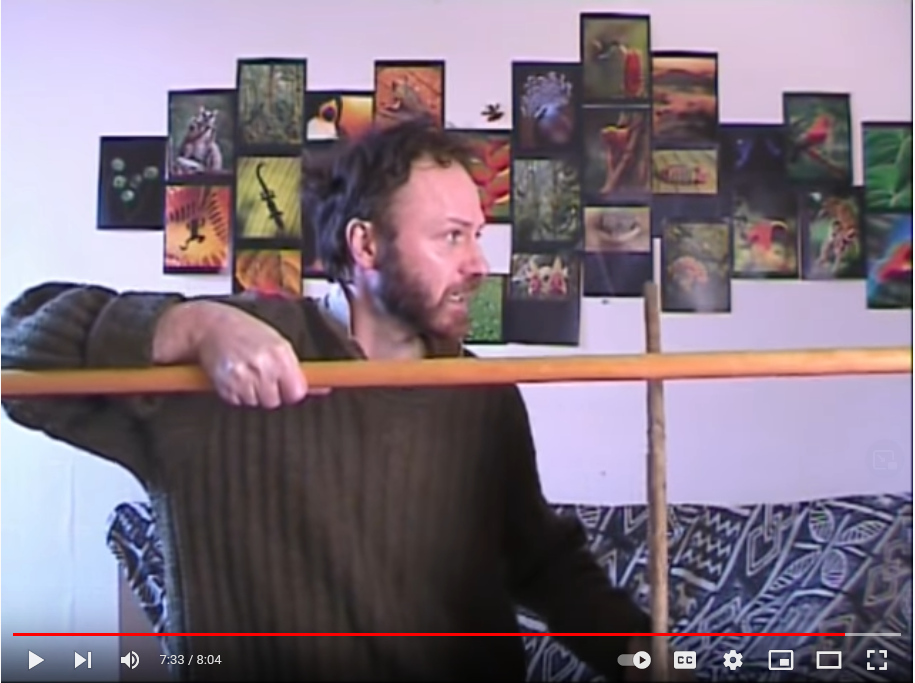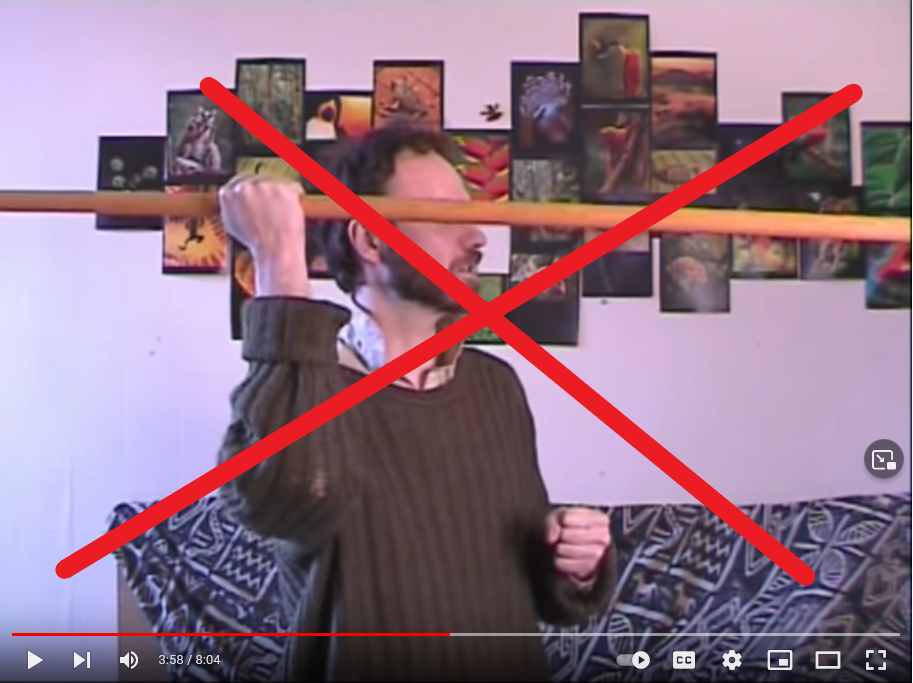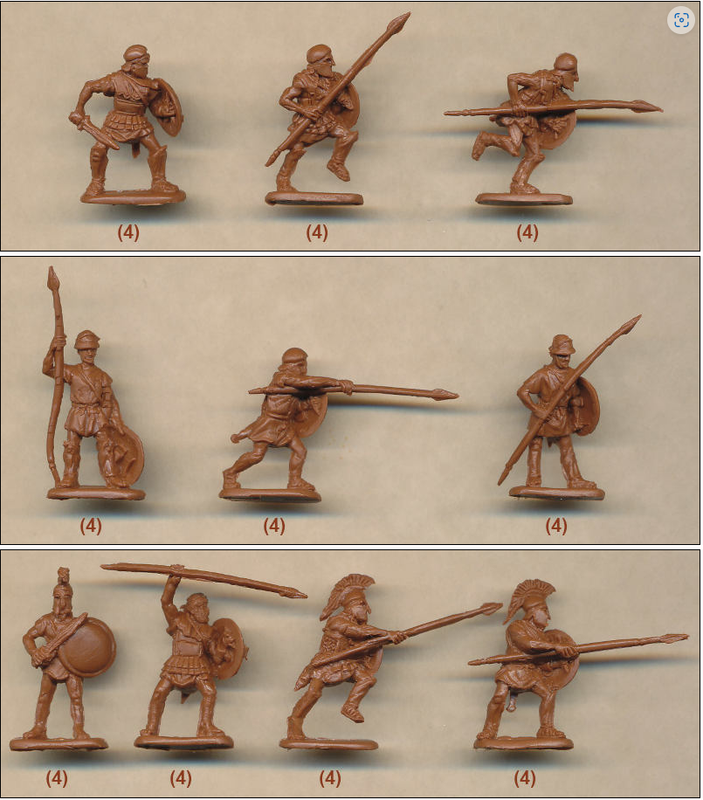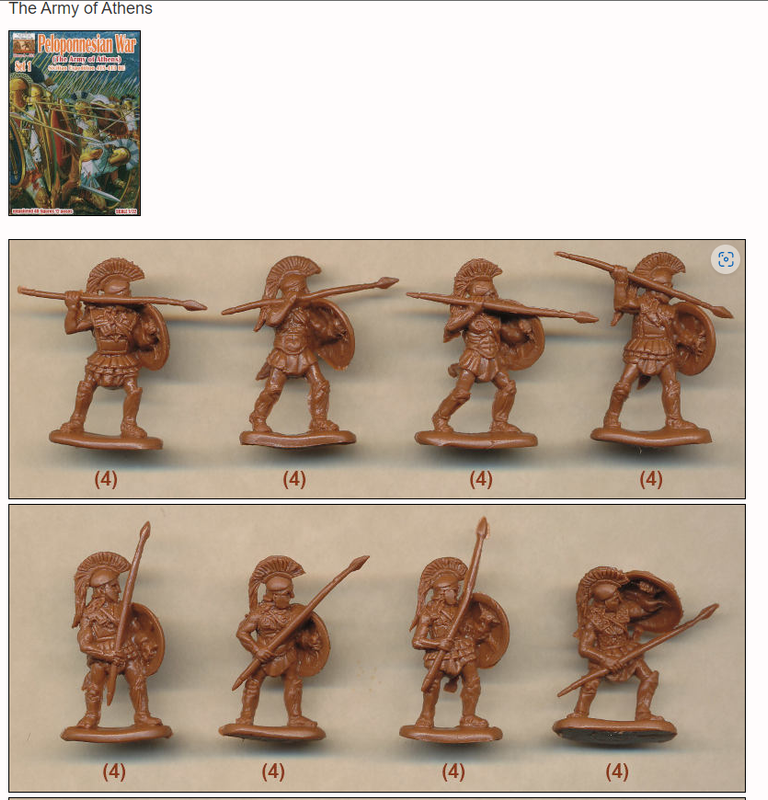I watched about three and a half minutes before I switched it off.
I began to loose interest when he said "I think ...", it didn't get any better.
The first problem is that a simple google search - hoplites - and nearly the first result was this:-

Extant artwork, has it's issues like any original document but this one shows the overarm fingers in position.
This extant sculpture
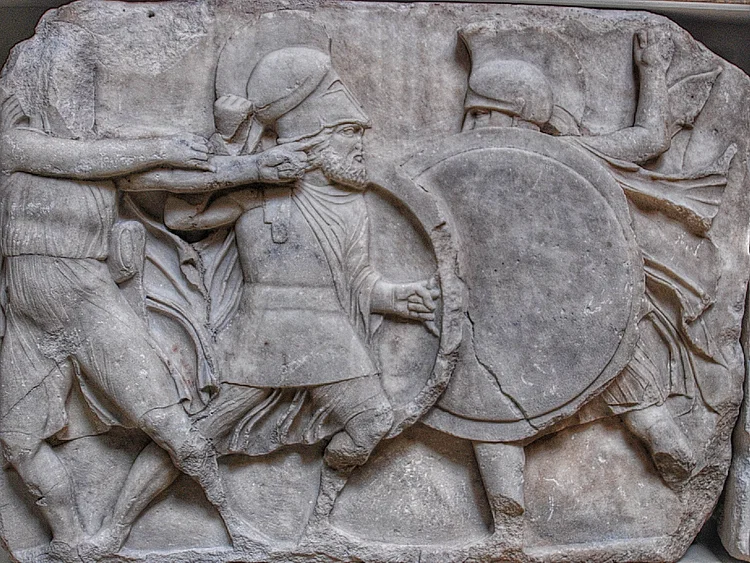
Fingers in.
The video does actually say that this is the stronger position, after all the muscles are the same used for throwing, in this case the power generated by the arm goes into a stabbing motion aimed at the enemy warrior or his shield, either to drive them backwards and breaking their line, or depriving them of a shield.
This image appears to show the fingers out on the figure on the left.

But if you try to hold a spear like this for any length of time, you soon see that the fingers inwards is the better position to use.
I haven't fought with spears as such very much - some, but not a lot. The halberd is my preferred weapon of choice. But I am used to bodies of foot soldiers moving in close formation.
Hoplite formations were close order foot, with the
hoplons over-lapping in front of the warriors. Because of this there was no room to use the spear like a lance. It would mean opening gaps in the shield wall for the spears. The whole idea of a shield wall was a solid wall of shields, pressing forwards, with no gaps, all of the warriors protecting each other. In fact the greatest effect of a shield wall, was it's ability to press on a line and shift the enemy by the weight of the warriors.
Holding the spear at the butt end - aside from hindering the guys behind, but it gives all sorts of issues with balance, even the lunging forwards to increase the reach is inherently dangerous because lunging out of front of the line, exposes the warrior's body to being stabbed by the enemy possibly creating a gap that can be exploited. In open fighting holding the shield low can be useful - it allows you to "snooker cue" your opponent - thrusting the spear forwards quickly, but overall, it is my opinion that the over-hand grip, with the fingers in is the better and more authentic position based on pictorial images and experience.
